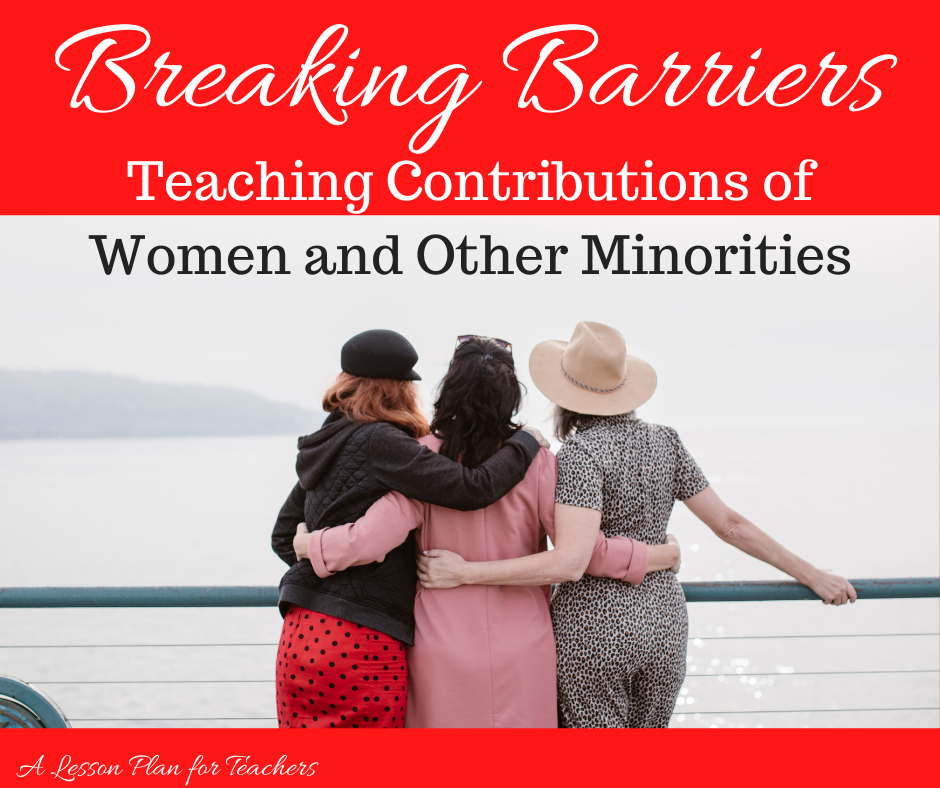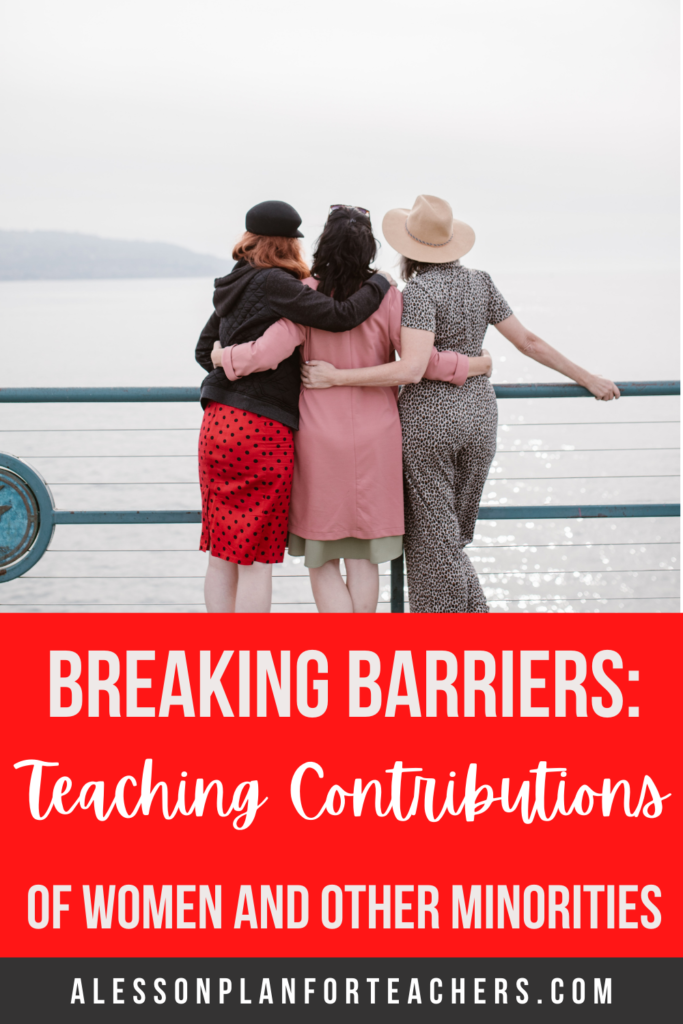One hundred years ago, women gained the right to vote. Unfortunately, the 19th amendment wasn’t the final step on the path to fairness and equality. Instead, it was one of the first steps of many. Even today, in the 21st century, women are marginalized and even vilified for seeking equal treatment. By resisting the patriarchy, many women have made history by breaking barriers. Teaching the contributions of women (and other minorities) is important as it ensures we do not leave out social movements led by minorities that contributed to our history.

Just as teaching about POC shouldn’t only be done during Black History Month, highlighting the contributions of significant women shouldn’t only be done during Women’s History Month. But, this is the perfect time to start the conversation. We can turn away from the whitewashed, male-centered history of outdated textbooks. For so long, we didn’t teach significant contributions of women, but without these contributions, our history would be severely changed.
First Female VP Leads the Way by Breaking Barriers
Vice President, Kamala Harris, shattered glass ceilings this year when she became the first female Vice President, as well as the first POC in the office of VP. Teaching about the contributions of significant women empowers our young female students to follow their dreams. It also begins the conversation with our males about women in history. Significant women like Kamala Harris aren’t new to the game; in fact, we have kept women behind the scenes for many decades. Though their recognition is minimized, their impact is not. Kamala Harris followed in the footsteps of many white men, but she has paved the way for minorities to continue her important work.
Teaching Contributions of Significant Women
We are living with Kamala Harris at the helm, but there are also many other important women in history. Teaching the contributions of significant women throughout history is so important. And, beginning to redirect your teaching style to include contributions of minorities must happen sooner rather than later.
One of the easiest ways to start this conversation is to highlight faces of women and other minorities. If you put up United States and World History poster sets that feature women, you embolden your students. When students can look around the classroom and see faces of minorities, they are more likely to embrace a different historical narrative – one in which they are empowered.
Other resources, like the Eleanor Roosevelt Walking Tour and the Important American Women Biography Centers activity focus on the contributions of important women throughout history. These activities are great for Women’s History Month. You can also fold them into your every day history lessons. Bringing important women to the forefront helps ensure their history is not erased.
You may also utilize choice activities to help students embrace their learning experience. Progressive Era Choice, WWII Choice, and 1920s Walking Tour Choice activities all feature Women in History sections. These activities allow students to take the reigns, while still ensuring they are learning history with a broad focus. Bonus! These Choice activities are all digital and easy-to-use for virtual learning!
Breaking Barriers in the Classroom

It may seem like mentioning the important contributions of females is enough, but instead, we should turn the focus to women in history. For so long, we have white-washed our history by ignoring or rewriting these contributions. Empower your students with the real history! Allow them to recognize significant contributions of women and other minorities who are breaking barriers. Otherwise, we run the risk of rewriting or eliminating social movements spearheaded by women and minorities. The time is now! Use our ceiling-shattering VP as a conversation starter in this important movement.
Happy Teaching!
